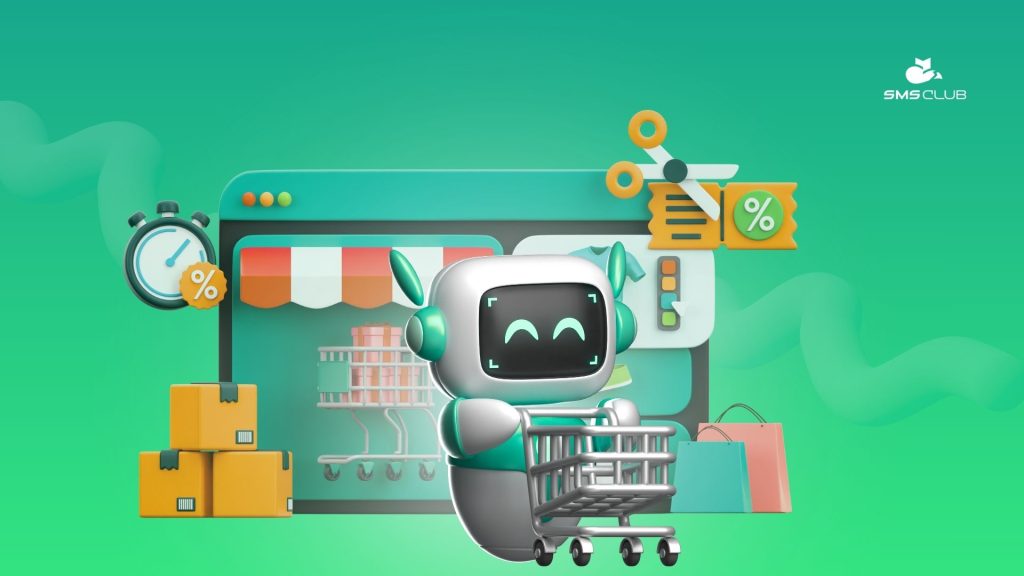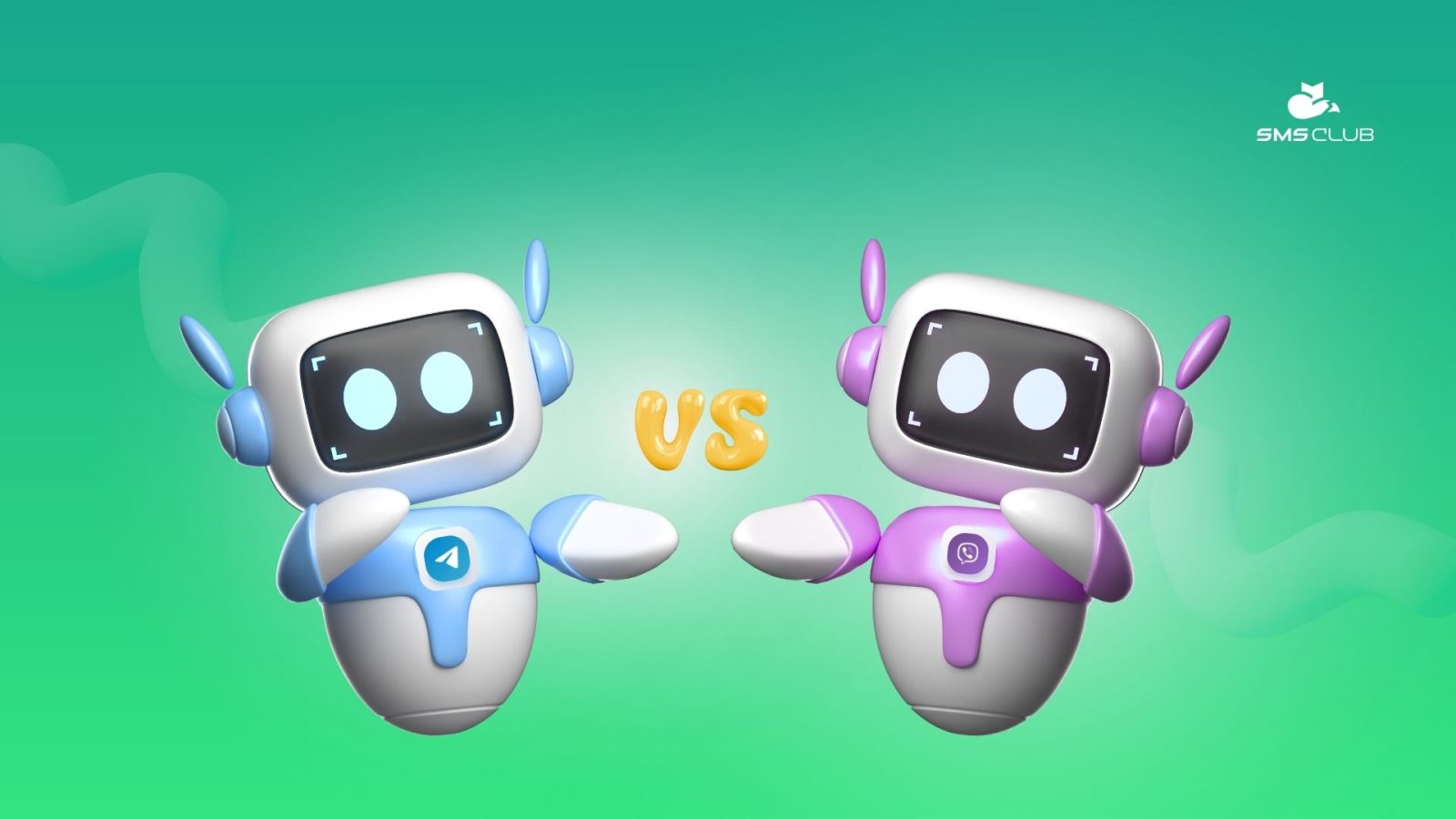Interactive chatbots for online stores: from order to payment

Contents:
Contents:
How many chatbots are currently operating in the world of online sales—no one knows for sure. According to very rough estimates, 60 to 80% of companies have already implemented this innovative tool in their operations. What specific tasks a chatbot solves in various e-commerce niches, how a virtual assistant fits into your routine—and what is more reasonable—to create a bot yourself or find a platform with a ready-made solution—further.
Main functions of a chatbot for an online store
Virtual service is one of the standards of our fast-paced time. After all, most people fundamentally want to receive answers:
- Instantly—it doesn’t matter whether the question arose at three in the morning or during a lunch break,
- Clearly—whether it is in stock, when the shipment is, if there is a guarantee, etc.,
- Politely—so as to avoid misunderstandings, quarrels, and insults.
A chatbot perfectly satisfies this service triad as it works 24/7, won’t say a careless word, and it is impossible to argue with it—even if one suddenly wants to.
What does a person usually do in a store? First, they look at what is available. Then they find out if what they need is available—clarifying the color, size, taste, quality, manufacturer, guarantees—the list of questions is updated depending on the specifics of the product. After that, they proceed to the checkout (send the purchase to the cart if the action takes place on the website), place the order, and pay for the purchase.
In a chatbot, sales take place in approximately the same logic, only faster. From a technical point of view, all standard purchase stages fit into four steps—or sections:
- Product catalog,
- Order placement,
- Automatic delivery processing,
- Payment through the bot.
Each section is important and necessary. But the most thorough—and the longest—work will have to be done on the “product catalog” section, where the entire assortment is presented. Without quality work here, the overall effectiveness of the chatbot will be lower.
It differs from a similar section on the website in that it helps to find the desired product faster without scrolling through a lot of pages, and thus—saves users’ time.
Also, if necessary, other additional options can be provided in the chatbot—for example, automated reports such as “the product is packed” or “Courier Volodymyr will be with you in two hours”.
Advantages of integrating a chatbot for business
The popularity of chatbots among businesses is more than justified. After all, they have become not just an additional service but an essential element of the marketing strategy that:
- Simplifies customer service—without lowering quality standards,
- Increases revenue—particularly because they serve customers 24/7,
- Saves working time—for example, a manager served one client in 7 minutes, a chatbot helps solve a similar question in 2 minutes.
- Saves salaries. It is easy to assume what amounts we are talking about if one well-written bot easily replaces a call center with several dozen operators.
- Opens up opportunities for automated promotion, as with its help, you can launch advertising bulk sms and gift draws. You can also ask people if they liked everything.
According to research, hypothetically, chatbots can save businesses up to 1.5 billion hours and 4 billion dollars per year. However, no company shares its actual economic achievements.
Among the most well-known examples in Ukraine is the Ukrzaliznytsia chatbot. The company launched it in 2023, that is, a year after the invasion, to collect and analyze passenger feedback. According to the carrier’s report, within one day, they receive up to 1,300 trip ratings from passengers. Approximately 300 of them are texts about service quality. Each such review was previously processed manually, but for almost two years now, this work has been performed by ChatGPT.
This approach helps to provide faster responses and identify bottlenecks in the work.
In the Novus retail network, the chatbot was introduced back in 2020—this was reported by Delo.ua. The motivation for its creation was that people did not want to install unnecessary apps, and a quick solution was needed.
The first to enter the chat was the loyalty program. Then information about promotions in the store, the history of recent purchases, bonus balances, a price scanner, and the ability to leave feedback were added.
Return on investment in a chatbot: calculation
We have provided examples of large businesses with a significant number of staff, but how profitable is it to implement a chatbot for a project where two people work—the director (who is also a lawyer, marketer, manager, accountant, and SMM) and his deputy (who is also a designer, artist, responsible for the product)?
Example:
Your business is creating T-shirts with original designs. The average check in the store is $22, the average monthly number of orders is 100.
The development of a turnkey bot will take 2–6 weeks, depending on the complexity of the task. The final cost will range between $1,370—$2,740. The maximum amount will include:
- Development of a Telegram / Viber / WhatsApp bot, as well as UX design (this part of the work is responsible for user-friendly navigation in the chatbot);
- Writing content. This includes FAQs and scenarios. It also includes the creation of a quality product catalog—with photos, descriptions, and keyword search;
- Product checkout and payment—in any way convenient for the client. To make this possible, the project must be integrated with CMS / CRM / payment systems;
- Communication with the manager;
- Automated collection of marketing analytics;
- Testing and launch.
Result:
- 100 clients × $22 (average check) = $2,200 per month.
- Of which the net profit is $1,100.
- Thus, the estimated payback period for the investment in the chatbot is 1.5–3 months.
- As a result, one of the business owners frees up a lot of time and nerves, as the work of the manager and analyst is automated. We also did not complicate the calculation with the appearance of new clients, the number of orders in the middle of the night, and so on.
How to connect a chatbot for an online store?
What chatbots are and how to choose them is discussed in the article “5 Benefits of Using Chatbots in Messengers”. To connect a chatbot to your project, there are two ways: a cheaper one—to use a ready-made solution, and a more expensive one—to create a custom chatbot specifically for your tasks. Each of them has its advantages and disadvantages.
Ready-made solutions
They are offered by a number of platforms—SendPulse, ManyChat, BotHelp, UChat, etc.
Pros: universal and proven e-commerce options—from accepting payments to reserving products. It only takes a few days to implement such a chatbot.
Cons: certain technical limitations and the inability to upgrade the chatbot for your specific tasks. Moreover, if there are technical issues with the service, they will also affect your project. Also, this is not a free story: a monthly subscription fee is required for using the chatbot.
Custom solutions
Pros: technical flexibility, the ability to scale at any moment, no intermediaries.
Cons: you need money for a one-time investment (further maintenance will be much cheaper). There are development and testing stages that last several weeks—it is impossible to create this chatbot “by yesterday”.
Conclusions
Chatbots today do not need to fight for the right to operate in many niches. They help to buy products, tickets, and flowers, reserve rooms, medicines, and tables, make appointments with dentists and hairdressers, transmit meter readings, and pay for the gym.
Does your business need to implement this technical solution? The answer is yes: if your project is intended for more than just one day.



